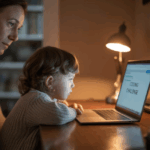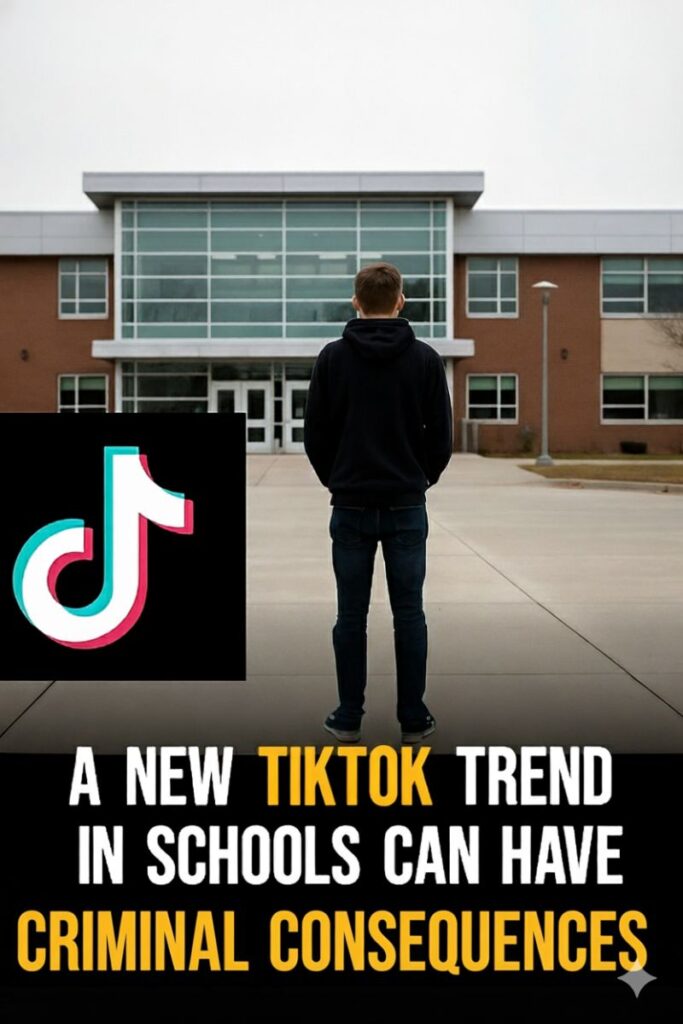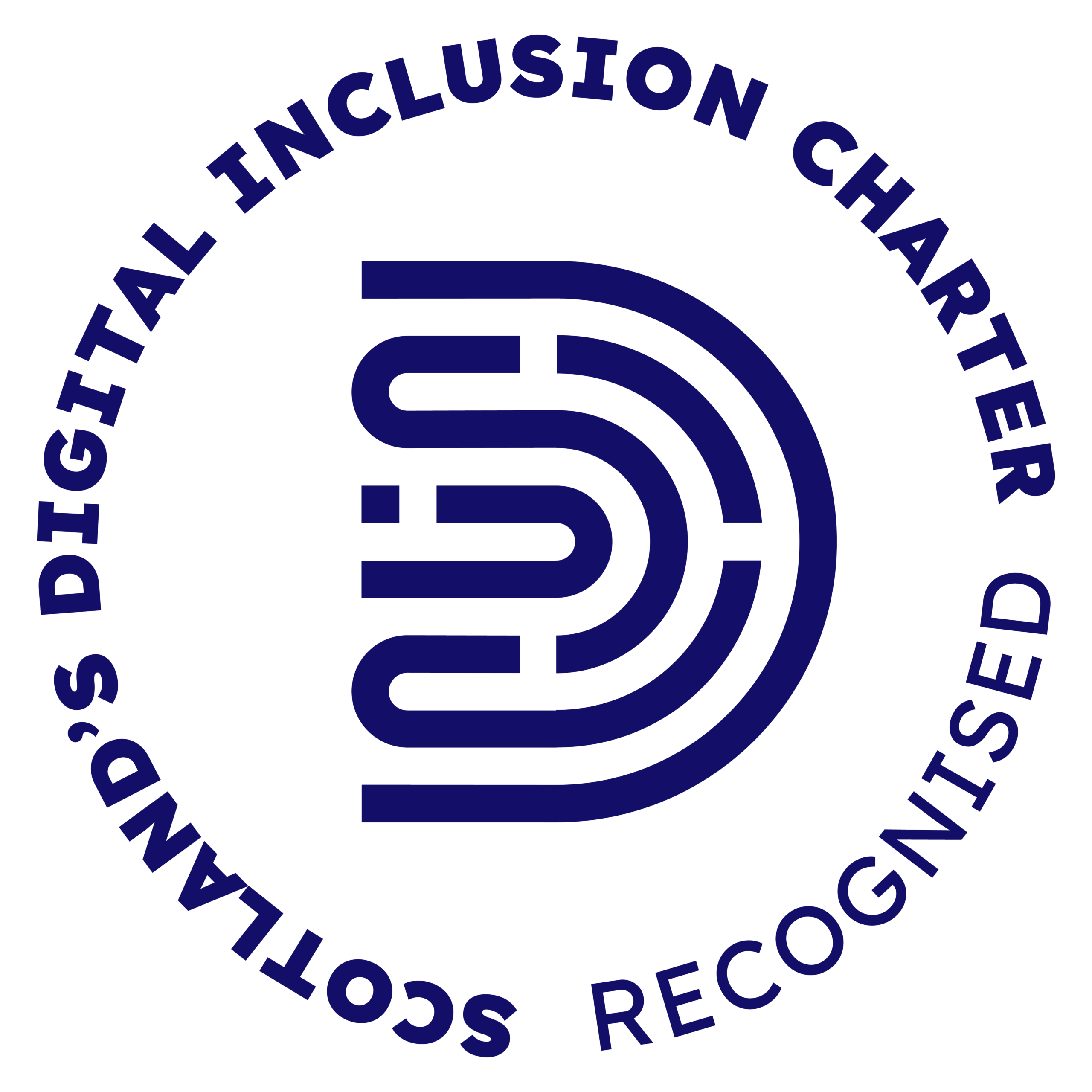This week, OpenAI released Sora, an iOS app that allows users to generate short AI videos of themselves and others. Think TikTok-style clips but created by artificial intelligence.
On the surface, it’s marketed as fun, creative, even harmless. But when we dig deeper, we see how quickly these tools blur the line between what is real and what is synthetic. For children, who are still learning to navigate truth from illusion, this shift matters enormously.
Why Deepfakes Matter
Apps like Sora normalise the idea that synthetic videos are just another form of entertainment. But here’s the reality:
- Children may not yet understand that once an AI-generated video of themselves is created and shared, they lose control of where it goes.
- What begins as “harmless fun” can be repurposed for bullying, harassment, or worse.
- Deepfake technology is already being misused to generate non-consensual sexual content of public figures and predators have a history of turning every new tool into another avenue of abuse.
Even Sam Altman, OpenAI’s CEO, has admitted that misuse is inevitable.
A Hidden Pandemic
The risks aren’t abstract. A new global report from the Childlight Global Child Safety Institute, hosted by the University of Edinburgh, revealed shocking numbers:
- Over 300 million children every year are victims of technology-facilitated sexual exploitation and abuse.
- That’s 10 children every second.
- One in eight children globally had sexual images taken, shared, or exposed without consent in the past year alone.
- Deepfake tools are already being weaponised in this space with cases ranging from online extortion to the creation of fake sexual images.
Childlight’s CEO described this as a global health emergency a hidden pandemic that requires urgent collective action.
What Parents and Teachers Need to Do
Here’s the hard truth: we can’t stop children from encountering AI tools like Sora. They are already here, already accessible, and already being shared among peers. What we can do is prepare our children for the world they’re stepping into.
Parents and teachers, it’s vital to have this conversation:
“Yes, apps like Sora let you create deepfakes of yourself. But the real question is: what are the consequences of doing so?”
Those consequences might include:
- Bullying or humiliation if the video is reshared.
- Loss of control once the content is uploaded it can spread far beyond their circle.
- Exploitation by predators who misuse images and videos.
- Long-term digital footprints that can affect their reputation in later life.
Building Digital Resilience
This is not about shutting children out of technology altogether. It’s about equipping them with the critical thinking, self-awareness, and boundaries they need to navigate it safely.
- Talk early, talk often. Don’t wait until your child has already created something risky.
- Frame it as empowerment, not fear. Children listen better when they feel you’re helping them make smart choices, not just setting rules.
- Model the behaviour. Show them how you decide what to post or share and when you choose not to.
- Stay curious. Ask them what they’ve seen, what their friends are using, and how they feel about it.
The Bigger Picture
On one side, the entertainment industry is racing forward with tools that make deepfakes playful and viral. On the other, researchers are warning us of the staggering harm children are already experiencing online.
We cannot afford to treat this as two separate conversations. Innovation and child safety are colliding right now. And if we don’t act, children will carry the cost.









